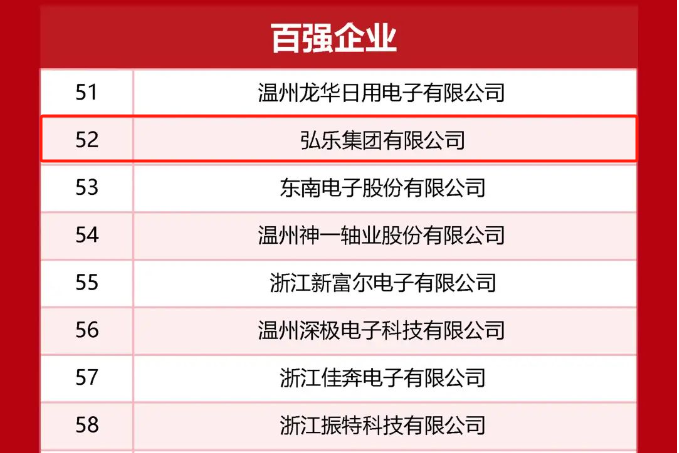What is the difference between Relay & Servo Voltage Stabilizer?

 Site Editor
Site EditorAVRs (Automatic Voltage Regulators) or Voltage stabilizers have become something of great importance to every family and business alike to help protect electrical equipment from irregular current coming in from the national power grid. These AVRs helps to regulate the voltage supplied from the national grid such that it will deliver the required amount of voltage required for the family or business equipment if the incoming voltage is within what the AVR can regulate.
The production of this Stabilizers started with the use of an electromagnetic relay system that helps in selecting the right part to adjust the incoming voltage. This method came with its own strength and weakness. Later, another method was designed with the use of electronic circuit for the adjustment purpose. This method also comes with its own strength and weakness.
The initial technology that is also used for the production of Stabilizer is called the relay technology while the other technology is called the servo.
Relay voltage regulator/AVR (automatic voltage regulator) operating principle:
With the relay technology in stabilizer, the electronic circuit inside the stabilizer compares the output voltage with a reference value that has been provided and built-in to reference voltage source.
Anytime the incoming voltage goes higher or lower than normal, the control circuit switches in the Stabilizer switches to the corresponding relay to connect a desired tapping for the output voltage. The relay technology comes with a ±10 % output voltage accuracy.
This type of stabilizer is mostly used for low rating appliances in homes, offices and industries as they are of low weight and low cost.
However, this technology comes with certain limitations which includes low voltage correction speed, less durable, less reliable, among other issues in the stabilizer technology.
At the same time, researcher has developed a later technology for the stabilizer and this is called the servo controlled system. This technology attempts to resolve the accuracy of output and the delay time in the relay technology of stabilizers.
See our Relay Stabilizers


What is a Servo Voltage Stabilizers?
The Servo voltage stabilizer consists of the servo motor, Buck Boost transformer (BBT) and Autotransformer among other elements. The voltage that comes out of the servo stabilizer is voltage across the Buck Boost transformer (BBT). One end of the primary BBT is connected to fixed tap of autotransformer and the other end is connected to the shaft of the servo motor.
Whenever the incoming voltage is too high or very low within the input range, the servo motor in this servo type of stabilizer moves across the autotransformer in such a way that the voltage induced across the secondary BBT is equals to set output voltage.
This type of stabilizer is called a servo stabilizer because it uses a servo motor to enable the voltage correction.
Servo voltage stabilizers have a rugged construction and can sustain high fluctuation and it is more durable. It is mainly used for high output voltage accuracy, usually ±1 % with input voltage changes up to ± 50 %.
servo voltage stabilizer and relay regulators Distinction
If we compare servo stabilizers with relay type stabilizers we can find various advantages of servo voltage stabilizer such as higher correction speed, high precision of stabilized output, capable of withstanding inrush currents and most importantly the high reliability. We can highlight the differences between both types of voltage stabilizer as follows.
Servo type voltage stabilizer
- Servo motor is used for controlling unit of voltage level
- Servo motor has good step size resolution for correction of voltage.
- It will give balanced output which may be ±1% error.
- It is available for higher rating more than 1 KVA.
- This stabilizer can be used in the industries as well as at homes.
- Cost of servo motor is more than relay.
- Level of protection is high.
- This stabilizer is used in the communication line.
Relay type voltage stabilizer
- Relay is used for controlling the voltage level.
- Relay has lower size of resolution.
- It will not give stabilized output with accuracy.
- It is for low rating.
- This stabilizer can be used at homes.
- Cost of relay is lesser than servo motor.
- Level of protection is low as compared to servo type.
- This Stabilizer is used in home or for small scale purpose.








